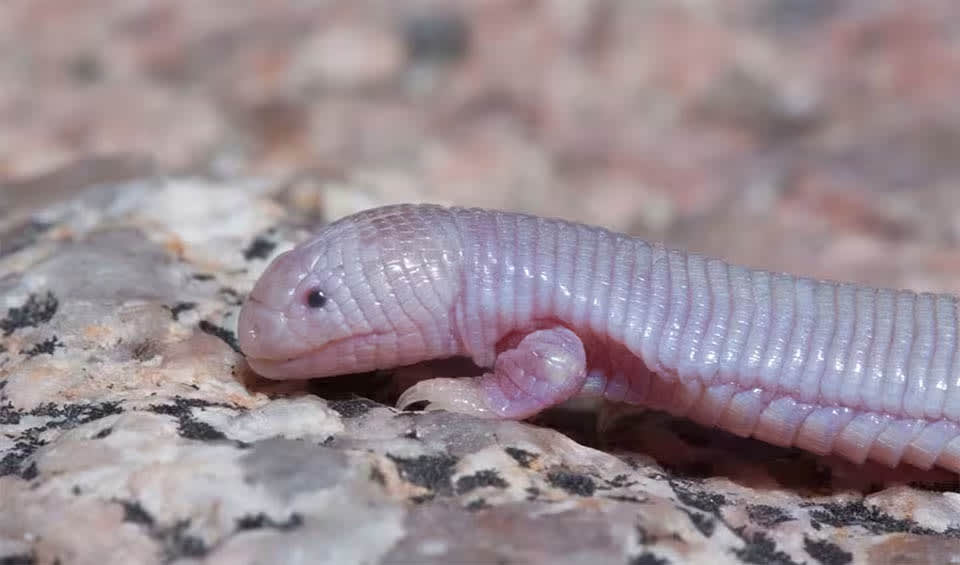Bipedidae – Two-legged worm lizards
Rely more on their sense of touch and on vibrations in the ground to navigate and find food
A family of unique and fascinating lizards native to Mexico known for their distinctive physical characteristics and unusual lifestyle. This family is quite small, consisting only of the genus Bipes, which includes a few species commonly referred to as mole lizards or ajolotes. These creatures have a peculiar appearance and some interesting behaviors that make them stand out in the reptile world.
The most striking feature of Bipedidae members is their body structure, which combines elements of both lizards and snakes. They have elongated, cylindrical bodies covered with smooth, shiny scales that facilitate movement through soil. Unlike most lizards, Bipedidae species lack hind limbs, which gives them a serpentine appearance. However, they are set apart from snakes by their possession of two well-developed forelimbs. These limbs are equipped with claws and are highly specialized for digging. The limbs enable these lizards to burrow effectively, creating extensive tunnel systems where they spend most of their lives.
Color-wise, Bipedidae members are usually pink or light brown, blending seamlessly with their subterranean environments. This coloration not only provides camouflage from predators but also reflects their adaptation to a life spent mostly underground. Despite their burrowing habits, these lizards have eyes, though they are small and likely do not provide keen vision.
An interesting aspect of their behavior is their ability to perform autotomy, a defensive tactic where the lizard can detach its tail to escape from predators. The tail, once detached, continues to wiggle, potentially distracting the predator and giving the lizard a chance to escape. Remarkably, the tail will regenerate over time, though it may not be as perfect as the original.
Genera in this family
If they feel threatened underground, they can detach their tail in a flash

